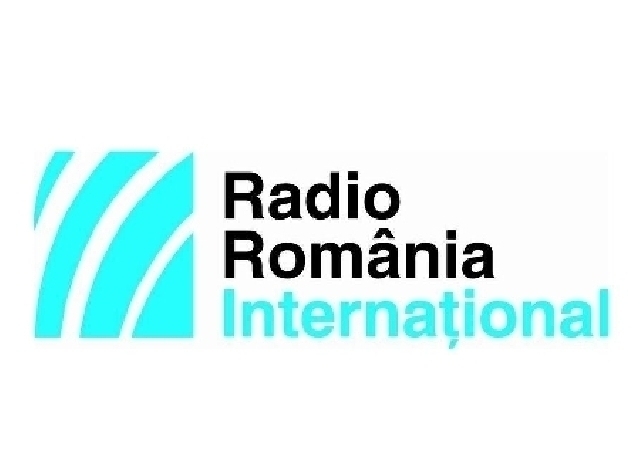Scientist Emil Racoviţă
Emil Racoviţă was one of the first biologists in the world to research flora and fauna in Antarctica.

Christine Leșcu, 03.12.2016, 17:14
Among the scientists who contributed to the development of Romanian science in the late 19th and the early 20th century, Emil Racoviţă holds pride of place. He was one of the first biologists in the world to research flora and fauna in Antarctica. He was born in Iasi, northeastern Romania, in 1868. At the age of only 29 he took part in the international expedition to Antarctica on board the famous ‘Belgica’ ship. His route from native Moldavia to the South Pole was described for us by Aurel Perşoiu, a researcher with the “Emil Racoviţă” Speleology Institute in Cluj, in the center-west of Romania.
Aurel Perşoiu: “Racoviţă was born in Moldavia, into a family that gave famous people to the principality, including several rulers. It is very likely that the education he was given as a child — we should only mention the famous writer Ion Creanga as one of his teachers — strongly influenced his life as an adult. Therefore, besides being a prominent scientist, he was a very good communicator of science. Racoviţă studied in France, just like many young Romanian people in the late 19th century. There he first studied law, but he soon realized he actually wanted to study nature, in all its forms. So, he took on biology at the Sorbonne. As he soon proved to be one of the most promising young biologists of his generation, the coordinators of the Belgian expedition to Antarctica appointed him the expedition’s biologist. So, at the age of 29 he went to Antarctica, as the first Romanian researcher to embark on such an adventure. The expedition he took part in was extremely important, because it was the first one to spend winter in Antarctica.”
One of Racovita’s expedition colleagues was the Norwegian Roald Amundsen, the one who in 1911 would become the first man to reach the South Pole. On board “The Belgica” Emil Racoviţă had the opportunity to study rare species, which was quite difficult for a European scientist of the time.
Here is Aurel Perşoiu again: “His most important observations were probably those about whales, and his articles are extremely valuable even today. He also studied penguins and birds, and not only in Antarctica, but also in the Strait of Magellan, where he also conducted flora research. They had to stop before the polar ice cap, because the ship got stuck in ice. They left in March 1898 and when autumn came, they stayed trapped in ice for the entire winter. The results of the expedition were extremely important for biology and also for Racovita’s subsequent career. He was appointed Director of the Biology Institute in Banyuls-sur-Mer, a position he held until 1920 when, at the invitation of the Romanian authorities, he accepted to work as a biology professor at the Cluj University. Also, he was allowed to establish a Spelelology Institute in Cluj. It was actually the first such institute in the world. The main research field at the institute was Bio-Spelelology, a science that Racoviţă invented himself. He was the first who started studying underground fauna.”
Unfortunately, starting in 1920, the administrative burden became too heavy and Racoviţă started complaining about the excessive red tape. But despite the administrative burden he personally had to deal with, that period proved to be quite beneficial for Romanian research, because Racoviţă accepted to become the Rector of the Cluj University, then President of the Romanian Academy and also senator. The 1922-1929 period, when he was the President of the Academy and Rector of the University, was one of the most important for the development of those institutions.
In 1940, when Cluj became part of Hungary again, Racoviţă had to leave the city, but he managed to keep the institute open, by appointing the Swiss Alfred Chappuis as director. As Chappuis was from a neutral country, he could hold that office, so the institute was allowed to continue its activity. Back to the country, after the war, the Romanian scientist was the Director of the Spelelology Institute until 1947, the year of his death. The institute is still on today, hosted by the same building that hosted it back in Racoviţă’s time.





























